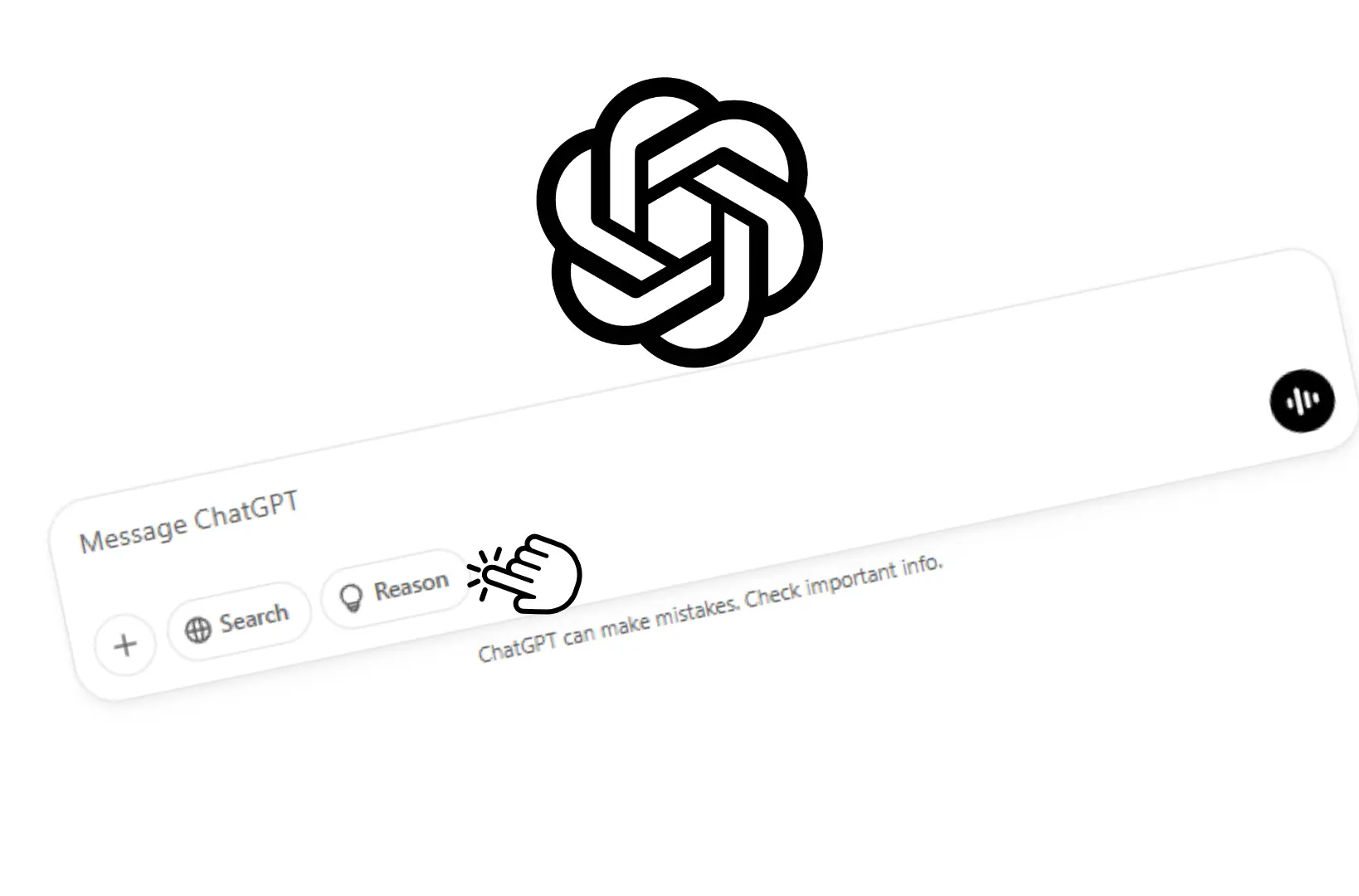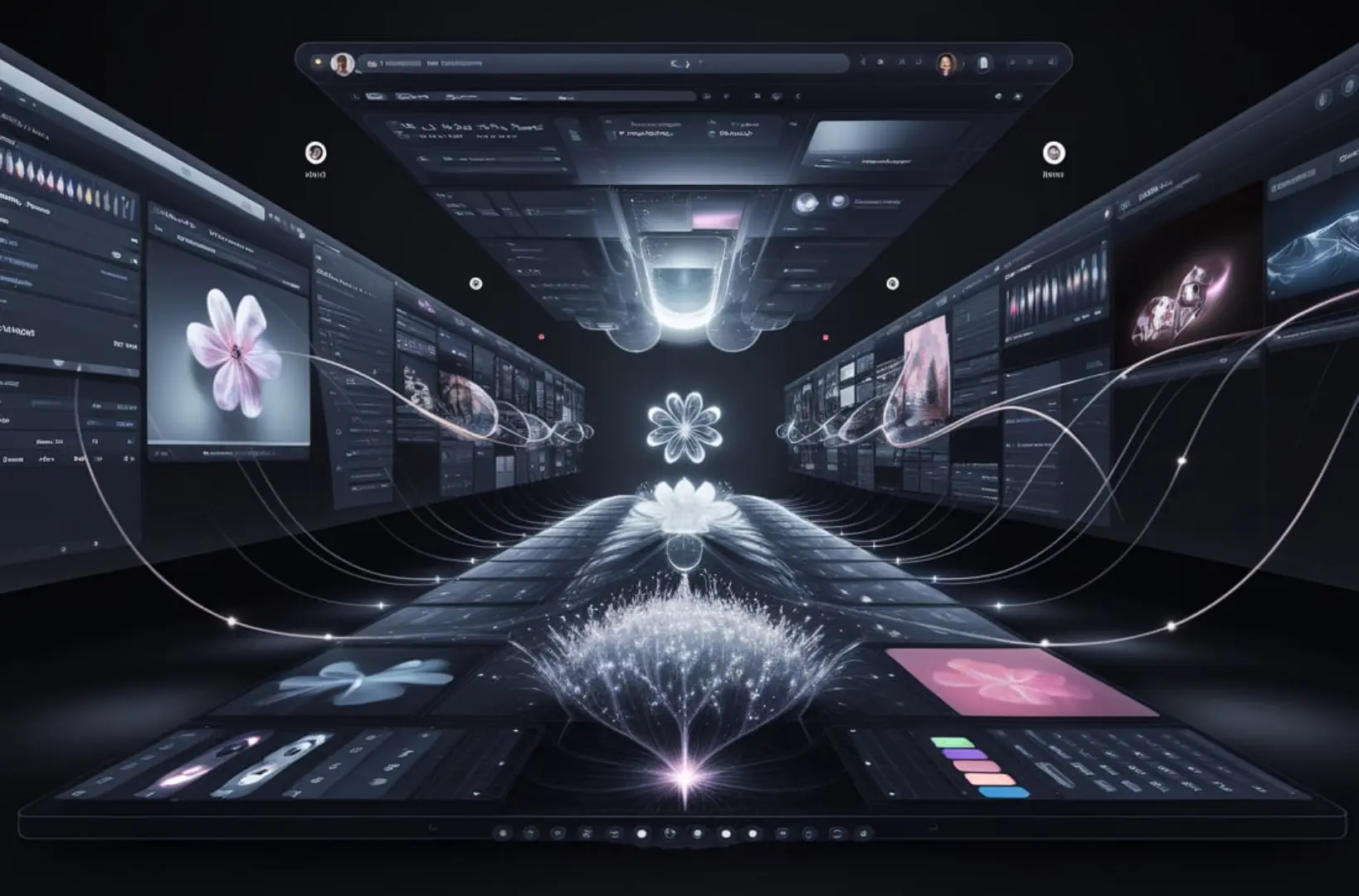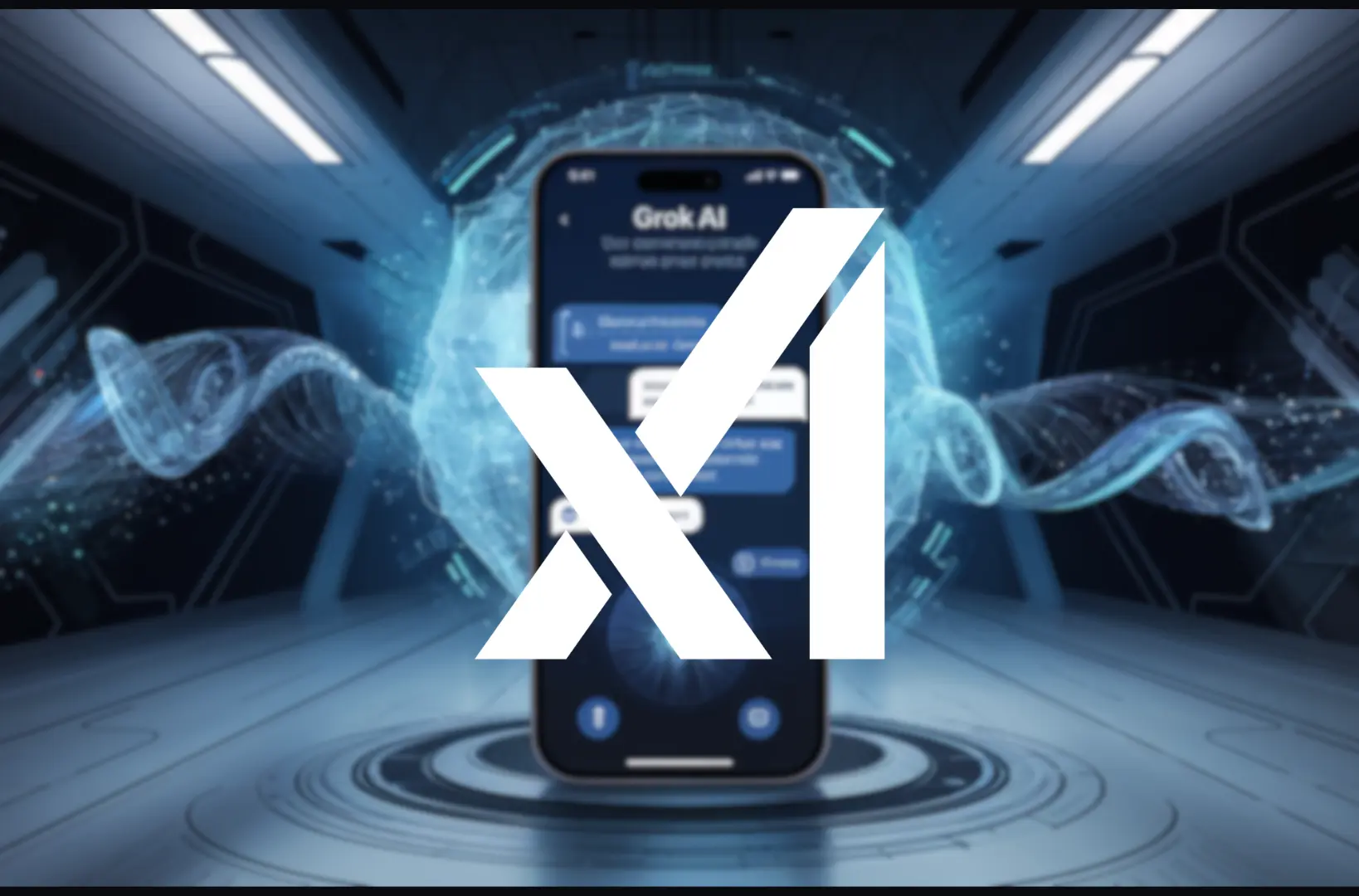In a groundbreaking move to enhance the utility of AI for complex research tasks, OpenAI has unveiled a new ChatGPT agent designed specifically for “deep research.” This new feature promises to revolutionize how users interact with AI, enabling them to conduct multi-step research tasks autonomously with remarkable precision. As the demand for efficiency and data analysis grows, OpenAI’s deep research agent is poised to become an indispensable tool for professionals and researchers alike. In this blog post, we will delve into the details of this new AI agent, its capabilities, potential limitations, and how it could shape the future of research.
What is the Deep Research Agent?
The deep research agent is an advanced version of OpenAI’s ChatGPT, built to conduct multi-faceted research tasks autonomously. While traditional AI assistants focus on answering questions or providing simple summaries, this agent can handle complex queries that involve multiple stages of information gathering, analysis, and synthesis. Users can submit a wide range of research prompts, such as questions supplemented with text, images, PDFs, or spreadsheets, and the agent will process them and provide detailed, well-organized results.
The deep research agent is designed to pull information from multiple sources, including academic papers, news articles, technical documents, and more. It consolidates these sources, assesses their reliability, and synthesizes the findings into a cohesive report. Whether the task involves compiling market research, reviewing scientific papers, or extracting key insights from a massive dataset, this tool promises to save time and effort while improving the accuracy of results.
How Does It Work?
Once a user inputs a query, the deep research agent initiates the task by gathering information from a wide variety of online sources. It can handle data from text, images, and even PDFs, filtering out irrelevant or unreliable information and synthesizing the valuable details into a clear, concise report. This multi-step process typically takes between 5 to 30 minutes, depending on the complexity of the request, and produces results that would traditionally require hours of manual effort.
The deep research agent works by using advanced AI algorithms to determine the credibility of sources, ensuring that the information provided is both accurate and relevant. It also has the ability to cite the sources it used, making the research process transparent and verifiable. This is a crucial feature, especially for professionals in fields such as academia, law, and business, where source reliability is paramount.
The Benefits of Deep Research
- Efficiency and Speed: The deep research agent can complete tasks that would typically take hours in just a matter of minutes. This is particularly useful for professionals working under tight deadlines or researchers dealing with large volumes of data. By automating the process, users can focus on more important tasks, such as analysis and decision-making.
- Comprehensive Synthesis: By aggregating information from various sources, the deep research agent provides a holistic view of a topic. This means users are less likely to overlook important details and can gain a more thorough understanding of the subject matter. In fact, studies have shown that AI-powered tools can increase research productivity by up to 50% (TechCrunch).
- Time and Resource Savings: For businesses and organizations that rely on data-driven decision-making, the time and resources saved by using the deep research agent are significant. It reduces the need for human labor and speeds up processes that might otherwise take days or weeks. For example, in market research, AI tools can scan thousands of sources in a fraction of the time it would take a human researcher.
- Precision in Reporting: The agent not only gathers information but also organizes it into well-structured reports with citations, ensuring that the results are both accurate and easy to understand. This is a major benefit for users who need to present their findings to stakeholders, clients, or academic committees.
Potential Limitations
Despite its impressive capabilities, the deep research agent does have certain limitations. One of the most notable challenges is its ability to distinguish between authoritative sources and unreliable ones. While the system is designed to filter out less credible content, it occasionally struggles with identifying and disregarding rumor-based or biased sources. For example, AI models have been shown to inadvertently prioritize sensationalized content over more reliable, albeit less attention-grabbing, articles (MIT Technology Review).
Additionally, while the deep research agent is adept at synthesizing information, it can sometimes miss the nuance that an experienced human researcher might notice. Complex topics with a lot of ambiguity or contradictory viewpoints may not be fully captured by the AI, especially when it comes to highly specialized subjects. Users should still verify the findings, particularly when dealing with sensitive or highly technical information.
Another potential drawback is the tool’s occasional difficulty in understanding highly abstract or philosophical questions. AI tools, while increasingly advanced, are still limited by their programming and data inputs, which can hinder their ability to engage with questions requiring deep, human-like reasoning or creativity.
Who Can Access It?
At the moment, the deep research agent is available to users with a ChatGPT Plus subscription, which costs $200 per month. This subscription tier grants access to the most advanced AI tools, including the deep research agent. For organizations and professionals who rely on frequent, high-quality research, this investment could prove valuable.
OpenAI also plans to expand access to the deep research agent across its mobile and desktop apps in the coming months, making the tool more accessible to users around the world. A faster, more optimized version of the agent is expected to be released in the future, providing even more powerful capabilities for those who need to conduct research in real-time.
The Future of AI in Research
The launch of the deep research agent marks an exciting development in the world of AI-powered research. As AI continues to evolve, tools like the deep research agent will become increasingly sophisticated, capable of handling even more complex tasks and providing deeper insights into various fields of study.
AI-driven research is already making waves in industries such as academia, healthcare, and business. For example, AI tools are now being used to assist with drug discovery, streamline legal research, and support business strategy development. As these technologies improve, the potential applications will only expand, fundamentally changing how professionals conduct research and make decisions.
Conclusion
OpenAI’s new ChatGPT deep research agent is a game-changer for anyone involved in research-intensive tasks. By automating multi-step research processes and synthesizing information from a wide range of sources, this tool saves valuable time and provides high-quality, actionable insights. While it has some limitations, the deep research agent represents a major leap forward in AI-driven research and is set to become an indispensable tool for professionals across various industries.
As the capabilities of AI continue to improve, we can expect even more advanced tools that will enhance research productivity and provide deeper insights. For now, the deep research agent is a powerful step in the right direction for anyone looking to streamline their research processes and gain access to more efficient, reliable results.For more information about the new deep research agent, visit OpenAI’s official announcement on The Verge and Reuters.
Suggested reads
- OpenAI’s ChatGPT and Sora Services Now Fully Operational
- OpenAI Unveils ‘o3 Mini’: Compact AI Redefining Reasoning
- Samsung & OpenAI Bring ChatGPT to Smart TVs Redefining Entertainment

Jahanzaib is a Content Contributor at Technado, specializing in cybersecurity. With expertise in identifying vulnerabilities and developing robust solutions, he delivers valuable insights into securing the digital landscape.








